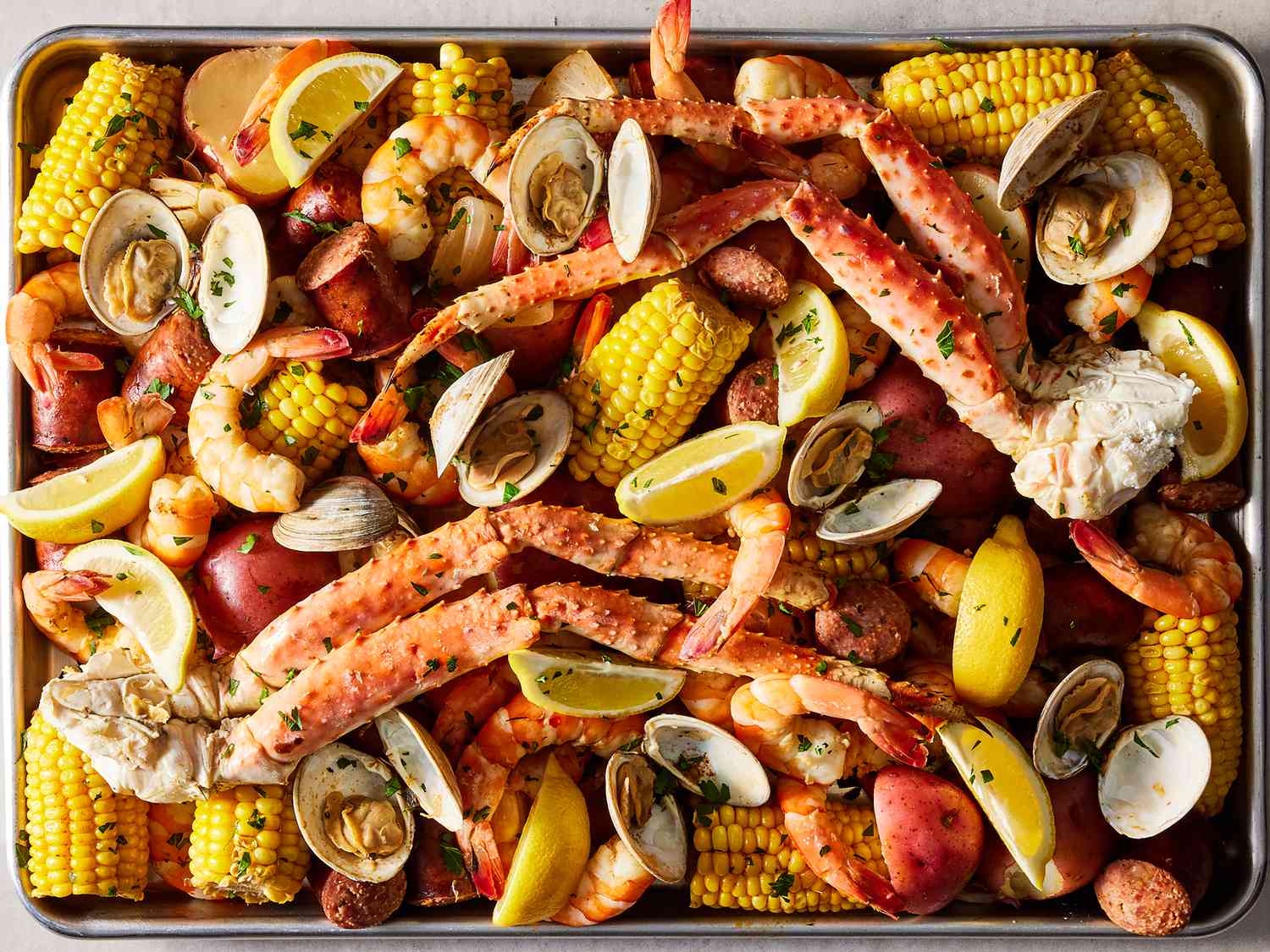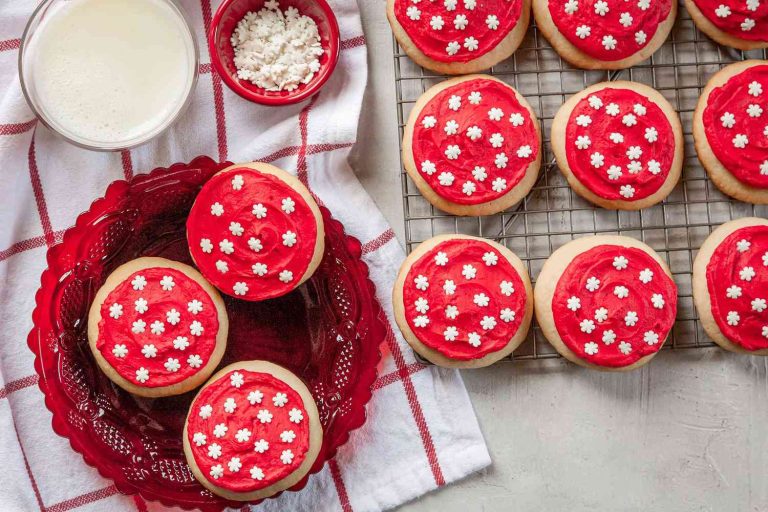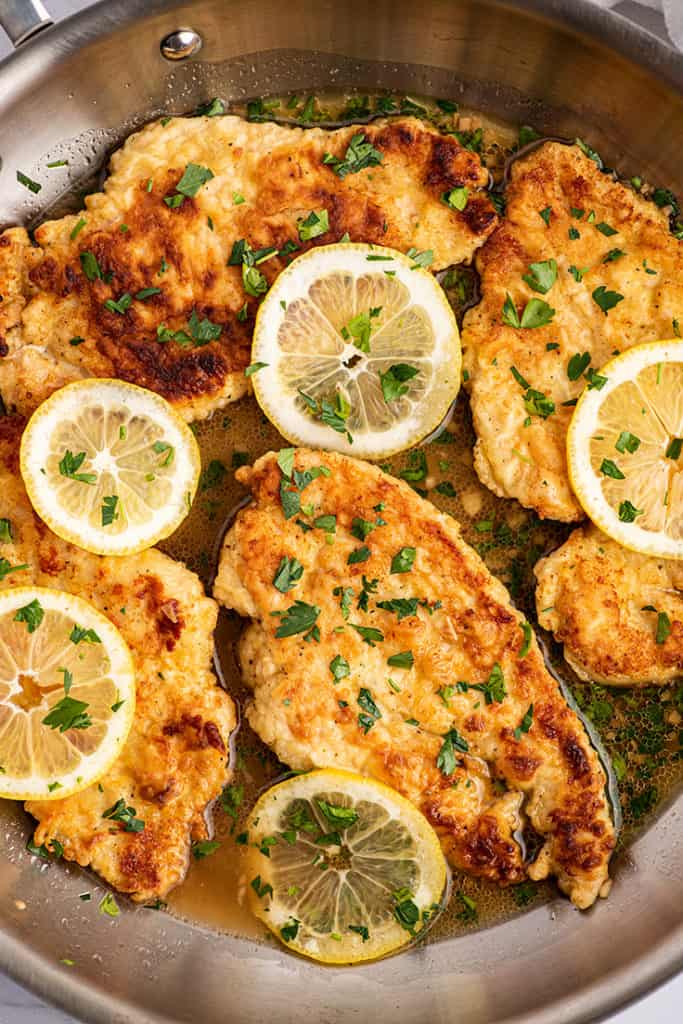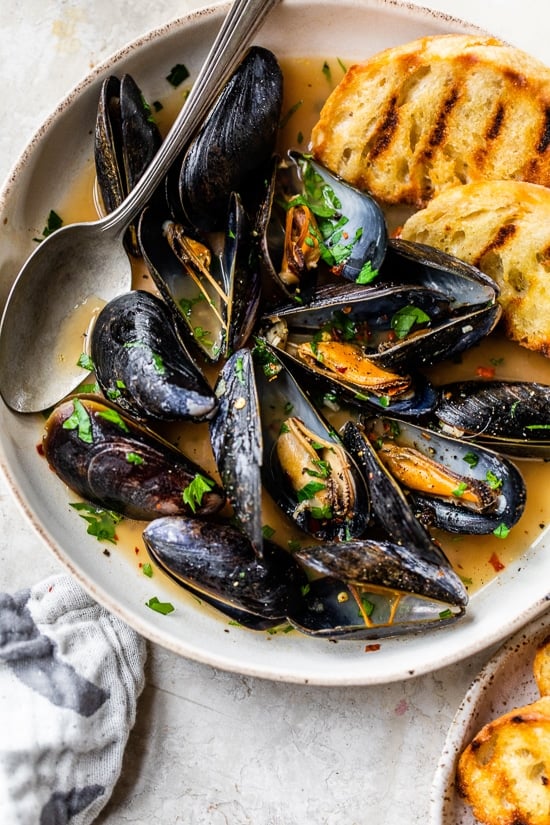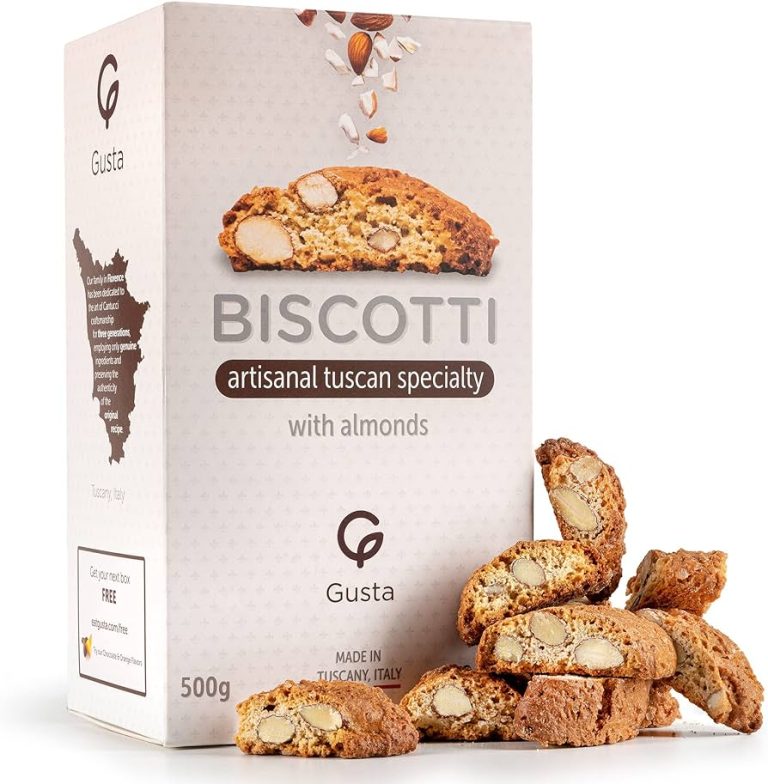King Crab and Shrimp Boil: A Flavorful Tradition in Coastal Communities
The king crab and shrimp boil holds a special place in various coastal communities. This dish is more than just a culinary delight; it serves as a communal event, often seen at family gatherings, festivals, and holiday celebrations. In states like Louisiana and Maryland, seafood boils symbolize hospitality and community spirit. People gather around long tables, sharing stories while enjoying the flavors of the sea. This practice fosters a sense of belonging and togetherness.
Historical Evolution
Tracing back the historical evolution of the king crab and shrimp boil reveals its deep-rooted traditions. Early settlers along the Gulf Coast adapted seafood recipes from Native American tribes and African influences, forming the basis of today’s boils. These recipes often involved boiling local seafood with simple seasonings like salt and pepper. Over the years, ingredients like corn, potatoes, and sausages were added, enhancing the dish’s complexity.
In the 20th century, the popularity of seafood boils spread beyond coastal regions, influenced by the migration and cultural exchange. This led to regional variations, each adding unique elements like Old Bay seasoning in the Mid-Atlantic or Cajun spices in the South. Understanding this evolution highlights the dish’s adaptability and enduring appeal across different cultures and periods.
Key Ingredients of King Crab and Shrimp Boil
Choosing the Right King Crab
Selecting the right king crab plays a crucial role in the overall taste and texture of your boil. Fresh king crab should have firm, moist legs and an orange-red shell. Alaskan king crab is a top choice due to its rich, sweet flavor and large, meaty legs. Look for certification labels to ensure sustainable sourcing. Avoid crab with a fishy odor or signs of excessive ice, which can indicate poor handling.
Selecting Fresh Shrimp
Fresh shrimp enhance the boil’s flavor and quality. Choose shrimp with firm, translucent flesh and a mild sea scent. Opt for wild-caught Gulf shrimp when available for their superior taste. Sizes range from small (51/60 count per pound) to jumbo (16/20 count per pound). Ensure the shells are intact, as broken shells can indicate damage. If choosing frozen shrimp, defrost them properly by placing them in the refrigerator overnight.
Essential Spices and Condiments
Spices and condiments are fundamental to a flavorful king crab and shrimp boil. Old Bay Seasoning, a mix of celery salt, spices, and paprika, is popular in Mid-Atlantic boils. Cajun seasoning, blending paprika, cayenne pepper, and garlic powder, suits Southern boils. Key condiments include lemon wedges, melted butter, and hot sauce. Corn on the cob, red potatoes, and smoked sausage often accompany these spices, contributing to the dish’s depth and complexity.
| Spice | Key Ingredients |
|---|---|
| Old Bay Seasoning | Celery salt, paprika, mustard, bay leaf |
| Cajun Seasoning | Paprika, garlic powder, cayenne pepper, onion powder |
King Crab and Shrimp Boil combines fresh seafood with a rich blend of spices and condiments to create a communal dish that enhances social gatherings.
The Cooking Process
Preparation Techniques
Start by cleaning the king crab and shrimp. Rinse them under cold water to remove any debris. Cut the king crab legs into manageable pieces using kitchen shears. For shrimp, devein them and remove the shells, leaving the tails intact for better presentation.
Prepare the vegetables next. Peel and cut onions into quarters. Slice lemons into halves. Cut corn on the cob into thirds. Wash potatoes thoroughly. Arrange all ingredients for easy access during cooking.
Boiling and Seasoning Tips
Fill a large pot with water. Add seasoning generously—the quantity depends on the pot size. For a standard 12-quart pot, use about 1/2 cup of Old Bay or Cajun seasoning. Bring the water to a rolling boil.
Add potatoes first as they take the longest to cook. Boil them for 10 minutes. Then, add corn and sausages. Boil for another 5 minutes. Next, add the crab legs. Boil for 8 minutes. Finally, add shrimp. Cook until they turn pink, usually 2-3 minutes.
Remove the pot from heat. Drain the water but keep the seasoning. Spread newspaper or butcher paper on a large table. Pour the cooked seafood and vegetables directly onto the paper. Serve with lemon wedges and melted butter.
Savoring King Crab and Shrimp Boil
Ideal Accompaniments
Pairing the right sides with a king crab and shrimp boil enhances the overall experience. Corn on the cob offers a sweet, crunchy counterpoint to the briny seafood. Boiled potatoes add substance and soak up the seasoning for extra flavor. Sausages provide a hearty, smoky element to the boil. Freshly baked baguettes or crusty rolls serve as excellent tools for sopping up any leftover juices.
Serving Suggestions
For an authentic experience, serve the king crab and shrimp boil on a table covered with newspaper or butcher paper. This communal setup encourages sharing and keeps the mood casual. Place lemon wedges and small bowls of melted butter around the table for dipping. Use large platters or directly pour the ingredients onto the covered table for an eye-catching presentation. Provide sturdy forks, crab crackers, and plenty of napkins to handle the messy but enjoyable feast.
Conclusion
A king crab and shrimp boil isn’t just a meal; it’s a celebration of community and tradition. Whether you’re in Louisiana savoring Cajun spices or in Maryland enjoying Old Bay seasoning, each boil brings a unique flavor profile and a sense of togetherness. Fresh Alaskan king crab and wild-caught Gulf shrimp are the stars of the show, complemented by essential spices and accompaniments like corn, potatoes, and sausages.
Setting up a communal dining experience with newspaper or butcher paper and offering lemon wedges and melted butter ensures everyone can dig in and enjoy. So gather your friends and family, roll up your sleeves, and dive into a delicious and memorable feast.
